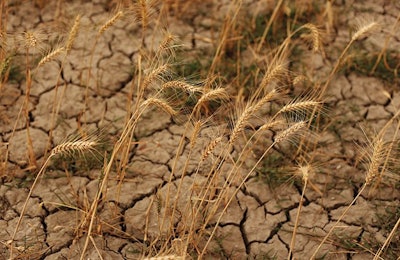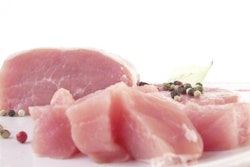
More than a dozen Canadian municipalities have declared a state of emergency due to an ongoing animal feed shortage in the region. But garnering government aid, local authorities say, seems increasingly unlikely.
Thirteen rural municipalities in the central Canadian province of Manitoba issued a joint declaration of emergency on August 29 after the region went more than a month without a single drop of rain. Four additional municipalities have expressed an interest in adding their names to the resolution, according to Arnthor Jonasson, reeve of the rural municipality of West Interlake, one of the hardest-hit areas.
Jonasson said the municipalities hoped the joint declaration would push the provincial government to recognize “that we are in a difficult situation” and to provide financial aid to local producers, especially the local cattle industry. However, with a provincial election less than a week away, Jonasson said it appears increasingly likely that garnering any financial assistance in the near-term is “probably impossible.”
According to the joint declaration, extremely dry conditions in a region more accustomed to flooding have resulted in shortages of grain, hay and straw.
“Access to feed is an urgent concern,” said Carson Callum, general manager of Manitoba Beef Producers, which has been urging any local farmers with surplus to list their wares on local websites. “When we get into the winter months, where producers will have to use stockpiled feed, it’s going to be a great challenge to get access to that.”
Many local cattle producers have already taken their herds off decimated pastures, initiating feeding some three months early, Jonasson said, and local feed stores are already depleted due to two successive years of drought.
Jonasson said cattle producers have begun to ship in feed from as far away as Wisconsin to maintain their herds, paying premium prices upwards of 16-17 cents per pound of hay. Without financial aid, he said he does not believe the economics of the situation are sustainable.
“If we don’t get assistance — and even if we do — there will be a reduction in the cow herd here,” he said. “There’s probably no getting around it. ... When it all shakes out, it will be a pretty heavy reduction in cattle.”
Jonasson said the cattle industry is the primary economic driver for many rural municipalities in the region, which he estimates contains 6-8% of the Canadian cattle herd.

















